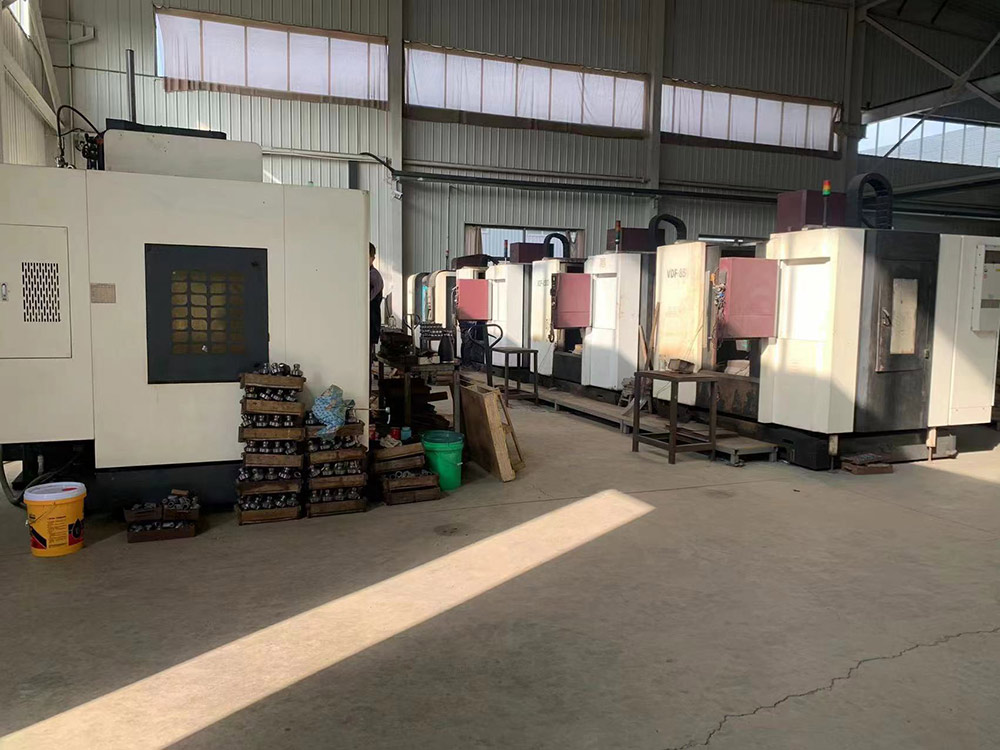How the brazing tool industry adapts to the times
The brazing tool industry has shown its adaptability to the changing times through several key strategies:
1.Technological integration: As technology continues to advance, the brazing tool industry has embraced innovation and incorporated new technologies into its products. This includes the integration of digital controls, automation, and data analysis capabilities into brazing tools. These advancements enhance accuracy, precision, and efficiency, while also enabling real-time monitoring and quality control.
2.Sustainability initiatives: Environmental concerns have prompted the brazing tool industry to develop more sustainable solutions. Manufacturers are actively working on reducing energy consumption, minimizing waste, and developing eco-friendly materials and coatings. The industry is also exploring alternative heat sources, such as induction heating, that offer energy savings compared to traditional methods.
3.Customization and flexibility: The brazing tool industry recognizes the diverse needs of different sectors and applications. To cater to these specific requirements, manufacturers are offering a wider range of tool designs, sizes, and configurations. This customization and flexibility allow customers to choose tools that best suit their unique brazing applications, leading to improved productivity and efficiency.
4.Collaboration and partnerships: The brazing tool industry understands the importance of collaboration to address complex challenges. Manufacturers are partnering with research institutions, universities, and customers to foster innovation, share knowledge, and develop new solutions. These partnerships enable the industry to stay ahead of emerging trends, technologies, and market demands.
5.Training and education: The brazing tool industry recognizes the value of a skilled workforce in achieving optimal results. Manufacturers are investing in training programs and educational initiatives to enhance the knowledge and skills of brazing technicians and engineers. This contributes to improved brazing techniques, efficient tool usage, and overall process optimization.
6.Market diversification: To adapt to changing market dynamics, the brazing tool industry is expanding its offerings into new markets and industries. This includes targeting emerging industries such as renewable energy, medical devices, and transportation sectors. By diversifying its market presence, the industry is able to tap into new opportunities and mitigate risks associated with a single industry dependence.
7.Continuous improvement and research and development (R&D): The brazing tool industry is committed to continuous improvement and investing in R&D efforts. Manufacturers are consistently exploring new materials, coatings, and manufacturing processes to enhance tool performance, durability, and ease of use. This commitment to R&D drives innovation and ensures that brazing tools meet evolving customer needs and industry standards.
In summary, the brazing tool industry has shown its adaptability by integrating new technologies, prioritizing sustainability, offering customization, fostering collaborations, investing in training and education, diversifying into new markets, and maintaining a focus on continuous improvement and R&D. These strategies enable the industry to stay relevant, address changing market demands, and provide effective solutions for brazing applications in various industries.







 WHATSAPP
WHATSAPP